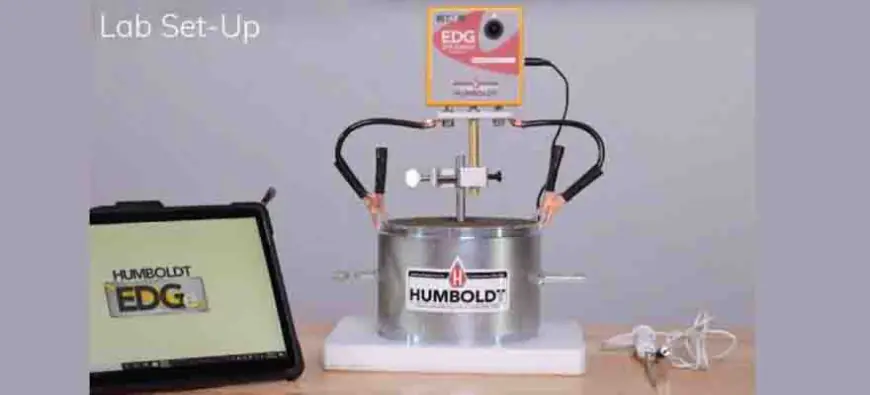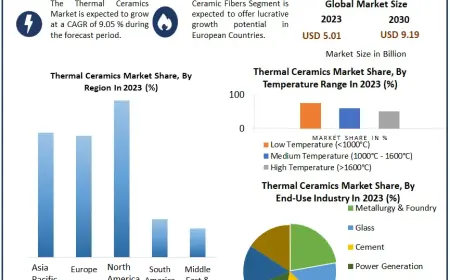Field Testing Equipment in Mining: Tools That Ensure Safety and Efficiency
Mining operations, whether surface or underground, involve some of the most demanding and hazardous working environments. To extract minerals efficiently and safely, it’s critical to understand the behavior of geological formations, assess material strength, and monitor site conditions in real-time. This is where field testing equipment becomes an indispensable part of modern mining.
Field Testing Equipment in Mining: Tools That Ensure Safety and Efficiency

Advanced field testing tools not only help prevent collapses and accidents but also optimize extraction processes, minimize environmental impact, and improve productivity. In this article, we’ll explore the essential field testing equipment used in mining and how each tool contributes to the safety and efficiency of mining operations.
Why Field Testing Is Crucial in Mining
Field testing allows geotechnical and mining engineers to assess the properties of rock, soil, and structural materials directly at the mining site. These real-time evaluations help teams:
-
Ensure the stability of underground and surface structures
-
Identify hazardous zones before excavation
-
Choose suitable drilling and blasting techniques
-
Maintain the integrity of haul roads, slopes, and mine walls
-
Support sustainable and safe resource extraction
1. Understanding Rock Behavior with Fracture Testing
One of the primary concerns in mining is understanding how rock formations will react to stress. This determines not only the safety of tunnels and shafts but also how effectively resources can be extracted.
The Rock Fracture Test is used to evaluate fracture mechanics and tensile strength of rock under hydraulic pressure. This tool plays a vital role in assessing the risk of rock bursts and controlling the direction and extent of fractures during drilling and blasting operations.
2. Triaxial Testing for Rock Strength Evaluation
In deep mining projects, where stress conditions are intense, evaluating rock strength under triaxial loading is critical. The Rock Triaxial Testing Equipment simulates in-situ stress conditions, helping engineers determine the mechanical behavior of rock samples. This data guides the design of support systems and helps in selecting safe excavation techniques.
To meet the broad demands of rock analysis, partnering with a trusted Rock Testing Equipment Supplier ensures access to specialized equipment tailored to mining conditions.
3. Shear Strength Testing of Soil and Loose Material
Not all mining operations occur in hard rock. Many open-pit mines involve overburden removal and tailings dams, which require analysis of soil-like materials. The Large Size Direct Shear equipment measures shear strength of soil and weathered rock. This information is essential for slope stability assessments, particularly in mines with high walls or dumps.
Additionally, sourcing tools from a reliable Soil Lab Equipment Supplier ensures consistent, accurate analysis for geotechnical planning and monitoring.
4. Density and Compaction Testing
In mining, proper compaction of backfill, embankments, and haul roads is vital to maintain structural integrity and safe vehicle operation. The Non Nuclear Density Gauge provides a fast, portable, and radiation-free solution for measuring the density and moisture content of compacted soil and other materials—ideal for use in dynamic mining environments.
5. Monitoring Soil Settlement and Consolidation
Tailings storage facilities and other reclaimed land areas in mines must be closely monitored to avoid catastrophic failure. The Automatic Consolidation Test Apparatus helps measure long-term settlement behavior of soil under load, providing critical data for tailings dam design, ground improvement strategies, and environmental compliance.
6. Dynamic Soil Property Testing in Seismic Zones
Mining operations near fault lines or in seismic-prone regions require special attention to soil behavior under vibration and cyclic loading. The Resonant Column Test Apparatus measures dynamic soil parameters such as shear modulus and damping ratio. This information is crucial for designing earthquake-resistant mine structures and for understanding soil-structure interaction during blasting.
7. Concrete Testing in Underground and Surface Structures
Concrete is widely used in mining for tunnels, shafts, retaining walls, and support systems. Assessing its quality and structural integrity helps ensure the safety of workers and the longevity of mine infrastructure.
Concrete cores are often extracted using equipment from a Concrete Core Drill Supplier. These samples are then tested for compressive strength and bonding.
For quick and non-destructive evaluations, engineers utilize Concrete NDT Equipment to detect cracks, voids, and honeycombing. Advanced UPV Test Services help assess concrete integrity through ultrasonic wave propagation, making them especially useful in hard-to-access underground spaces.
8. Asphalt and Road Surface Testing in Mining
Though not a core part of extraction, transportation within a mine is critical. Haul roads must remain in excellent condition to support heavy equipment. The Asphalt Mix Performance Tester evaluates how asphalt behaves under repetitive loads, temperature changes, and moisture—helping ensure safe and durable roadways in mining zones.
Conclusion
Field testing equipment has become an essential part of mining operations, not only for compliance and performance but most importantly, for safety. These tools allow mining professionals to make informed decisions based on real-time data—reducing risks, improving efficiency, and enhancing the structural integrity of mining environments.
Whether it’s analyzing fracture zones with the Rock Fracture Test or checking soil density with a Non Nuclear Density Gauge, modern testing tools bring precision to an industry where margins for error are razor thin.
By investing in advanced field testing technologies and working with leading suppliers like Avantech, mining operations can achieve greater safety, sustainability, and productivity—today and into the future.
What's Your Reaction?
 Like
0
Like
0
 Dislike
0
Dislike
0
 Love
0
Love
0
 Funny
0
Funny
0
 Angry
0
Angry
0
 Sad
0
Sad
0
 Wow
0
Wow
0













































